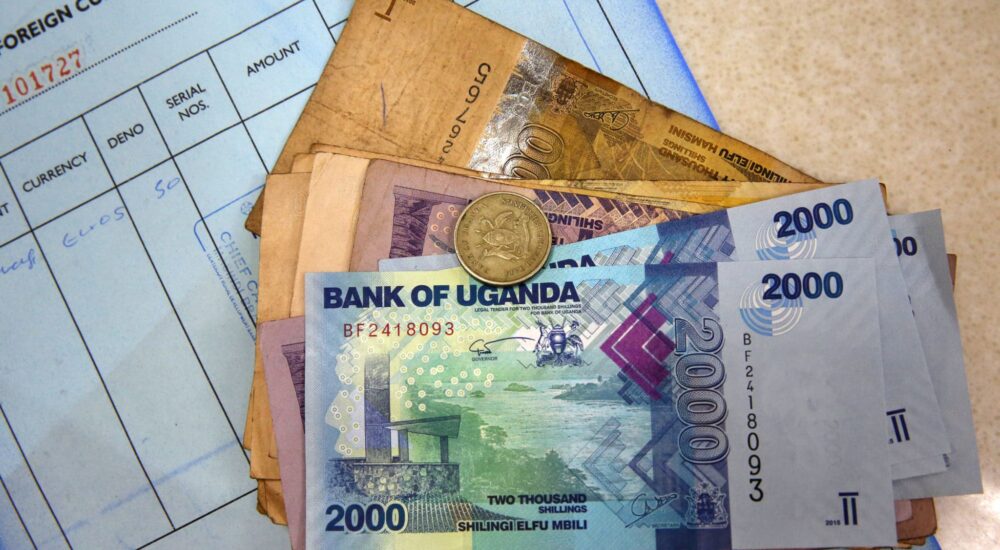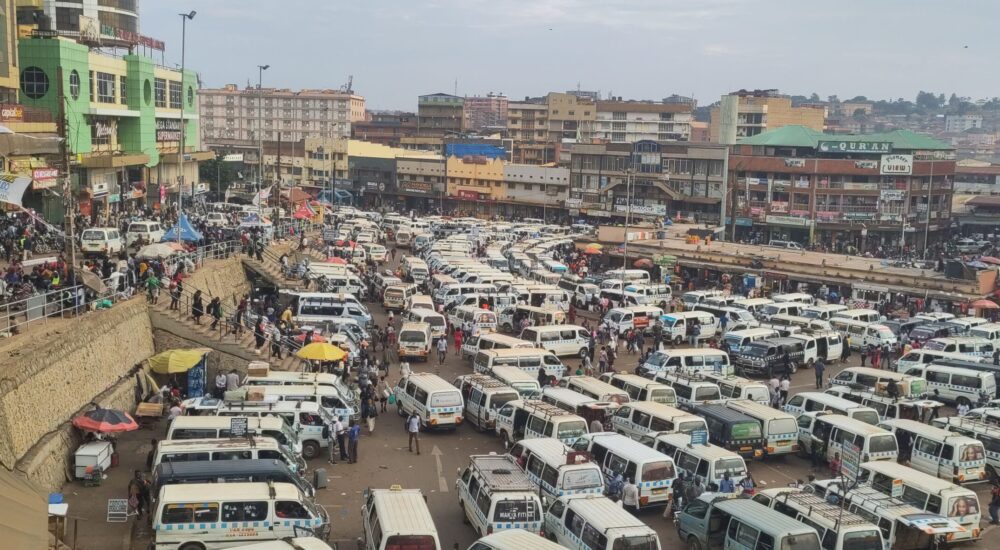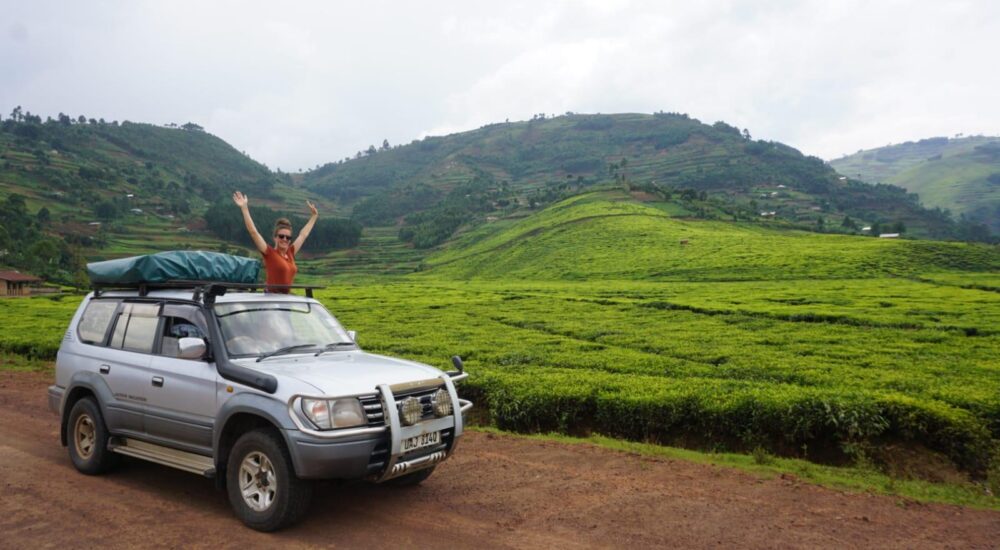Uganda, also known as the "Pearl of Africa," offers an array of experiences for travelers—from…
Safety Tips for Travelling to Dr Congo
Safety Tips for Travelling to Dr Congo, There is the most danger in the east and northeast. If you plan to visit these places, you should talk to a professional about your safety. A lot of crime happens, mostly in Kinshasa and the eastern part of the country. After dark, the risks are higher. Make sure that your place to stay is safe. Even during the day, don’t walk around Kinshasa by yourself.
When you start to plan your trip to Dr. Congo to go on a boat trip down the Congo River or to see lowland gorillas in Kahuzi Beiga National Park or mountain gorillas in Virunga, this is the kind of advice you will read. Before you go on vacation to Dr. Congo, we’ve put together a list of safety tips and places you can visit. Our job and home make us very familiar with this area, so we know a lot about it. We take care of more and more tourists every year, and our experience in Congo is unmatched.
Where can I go in DR Congo that I can be sure is safe in 2025?
There are many safe places to visit in Democratic Republic of the Congo in 2025. These include Zongo Falls, Moada, Kahuzi Beiga National Park for gorilla trekking, Salonga National Park for banobo trekking, pygmies in the forests, Lake Kivu, the Congo River, the towns of Goma and Bukavu, Kinshasa, and more. All of the above places are safe to visit, but you should always keep an eye on your belongings to avoid small crooks and annoying DGM immigration officers.
Before you go on a trip in Congo, stay away from groups and protests. There is a chance that even peaceful gatherings could turn violent. If you have to be near a large gathering, protest, or rally, stay away from the places where they are happening and be careful.
How to Stay Healthy While Traveling in DR Congo
To get into the Congo, you need to show proof that you have been vaccinated against yellow fever. This is because the Congo has a lot of water- and food-borne diseases. Every night, make sure you sleep under a mosquito net and wipe down with bug spray. Because there are a lot of water-borne diseases here, you should only drink water that has been cooked or put in a bottle, and you should not eat raw fruits and veggies that you aren’t sure about.
There have been Ebola outbreaks in the DR Congo before, so you should keep up with the local news in case there is another one. If there is an outbreak, the best way to stay safe is to stay away from people who have the disease. It is much easier to stop Ebola than Covid19. Since there is a high chance of HIV/AIDS in Congo, protect yourself whenever you have sex with someone you don’t know or trust.
How to Get Around in DR Congo
Most people who want to visit DRC need a ticket. You need to get a visa before you go to the DRC; you can’t get one when you get there. You can get a visa on arrival if you visit Kahuzi Beiga National Park or Virunga National Park, or if you don’t have a DRC embassy in your home country. We can make you a paper that will do this. Everyone who comes into the DRC must have either a yellow fever card OR proof that they have been vaccinated.
Even if it seems like a harmless thing to do, don’t take pictures of important government buildings or military installations. You could end up in jail if you do. In DR Congo, there are police and military checkpoints all over the place. People will stop you on the road and ask to see your passport and visa. Kindly show this and be ready to do so. Dressing like a soldier is strictly banned. Don’t be like one of our Polish friends who showed up in these clothes and was stripped by the military even though we told him not to.
What Should You Bring on Your Trip to the Congo?
Two or three pairs of light, quick-drying pants or slacks (if you’re going on a walk);
1 sweater or sweatshirt • 1 jacket that won’t get wet or windy
gloves, like those used for gardening (for gorilla treks)
You should wear strong, waterproof climbing boots or shoes. When you go trekking, you should tuck your pants into your socks and boots. Sports shoes will also work.
hats with a wide top or visors to block the sun
Nightwear, underwear, Wool socks that aren’t too heavy, swimsuit (and a plastic bag),
Other Things
Sunglasses with a neck strap and sunscreen
Repellent for bugs with DEET
A small day pack
Binoculars and flashlight
Some extra batteries
Extra lenses and a camera
Make sure the film is very fast for the gorillas.
Personal hygiene items
Prescription drugs and maybe even prescription Kleenex tissues
A little notebook
Some of the things that are in the first aid kit are aspirin, cold medicine, antiseptic cream, bandages, motion sickness pills, lip balm, eye drops, and personal medicines.


